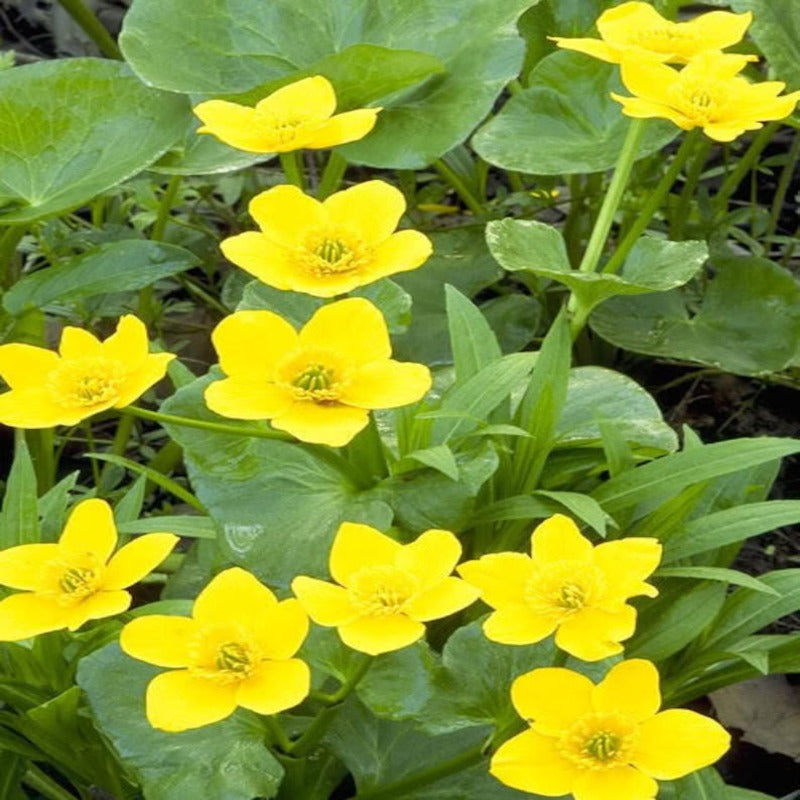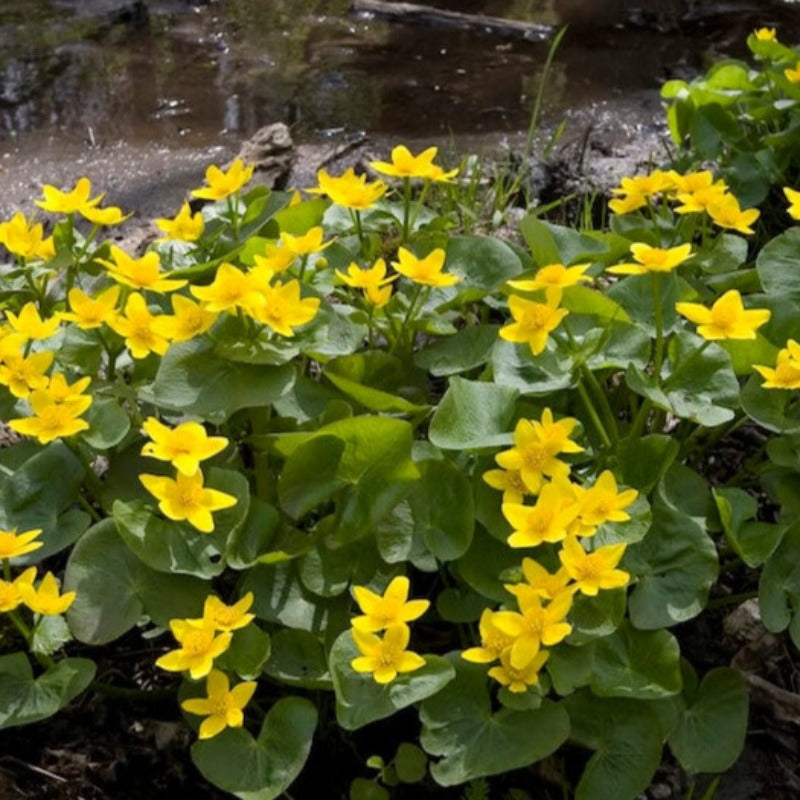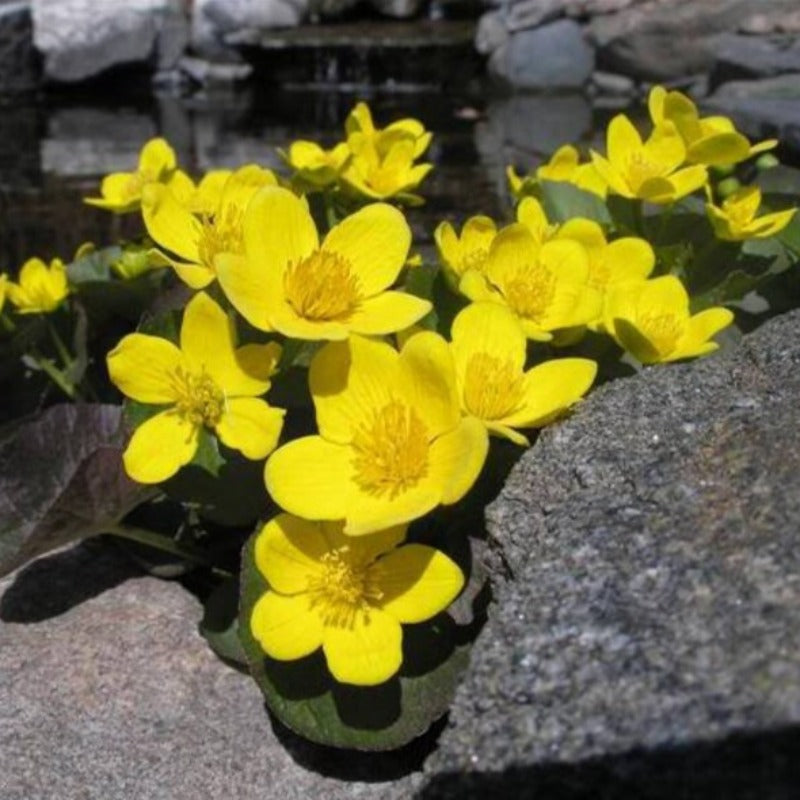- Historical context: Swamp Marigold, also known as Caltha palustris, is a perennial plant that has been known and used for centuries. It is also commonly referred to as Marsh Marigold or Kingcup.
- Geographical origination: Swamp Marigold is native to temperate regions of the Northern Hemisphere, including North America, Europe, and Asia.
- Relevant cultural significance: In many cultures, Swamp Marigold has been used in traditional medicine and folklore. For example, in the British Isles, it was believed to have protective properties against witches.
- Time period of discovery: The exact time period of discovery is not known, but it has been recognized and used since ancient times.
- Original habitat: Swamp Marigold naturally grows in wet, marshy environments such as swamps, fens, ditches, and wet woods.
- Notable historical uses: Historically, the plant has been used for medicinal purposes, as a yellow dye, and in some regions, as a food source after proper preparation.
- Ideal temperature range: Swamp Marigold prefers a cool to moderate temperature range and can tolerate frost.
- Soil type: It thrives in moist, rich, and well-drained soil with a pH range from 6.0 to 7.5.
- Sunlight requirements: The plant prefers full sun to partial shade.
- Watering needs: As a marsh plant, Swamp Marigold requires consistent moisture and can even tolerate standing water.
- Planting season: The best time to plant Swamp Marigold seeds is in the spring or fall.
- Germination time: Seeds typically germinate in 2-4 weeks.
- Growth cycle duration: Swamp Marigold is a perennial plant, meaning it can live for more than two years, blooming in the spring and early summer.
- Common pests and diseases: Swamp Marigold is generally resistant to pests and diseases, but can occasionally be affected by slugs and snails.
- Companion planting advice: Swamp Marigold pairs well with other moisture-loving plants such as ferns, irises, and cattails.
- Common challenges and solutions: One common challenge is maintaining the high moisture levels that Swamp Marigold requires. This can be mitigated by planting in a naturally wet area or by regular watering.
- Nutritional values: While not typically consumed for its nutritional value, Swamp Marigold is known to contain vitamin C.
- Health benefits: Historically, the plant has been used to treat various ailments, including skin diseases, warts, and as a diuretic. However, it should be noted that all parts of the plant are toxic if ingested raw.
- Culinary uses: After proper preparation, which includes boiling in multiple changes of water, the leaves can be eaten as a type of greens.
- Medicinal uses: In traditional medicine, Swamp Marigold has been used to treat skin diseases and warts. It has also been used as a diuretic.
- Other unique advantages: Swamp Marigold is a beautiful plant that can add color to wet, marshy areas of a garden. It is also beneficial for pollinators like bees and butterflies.












